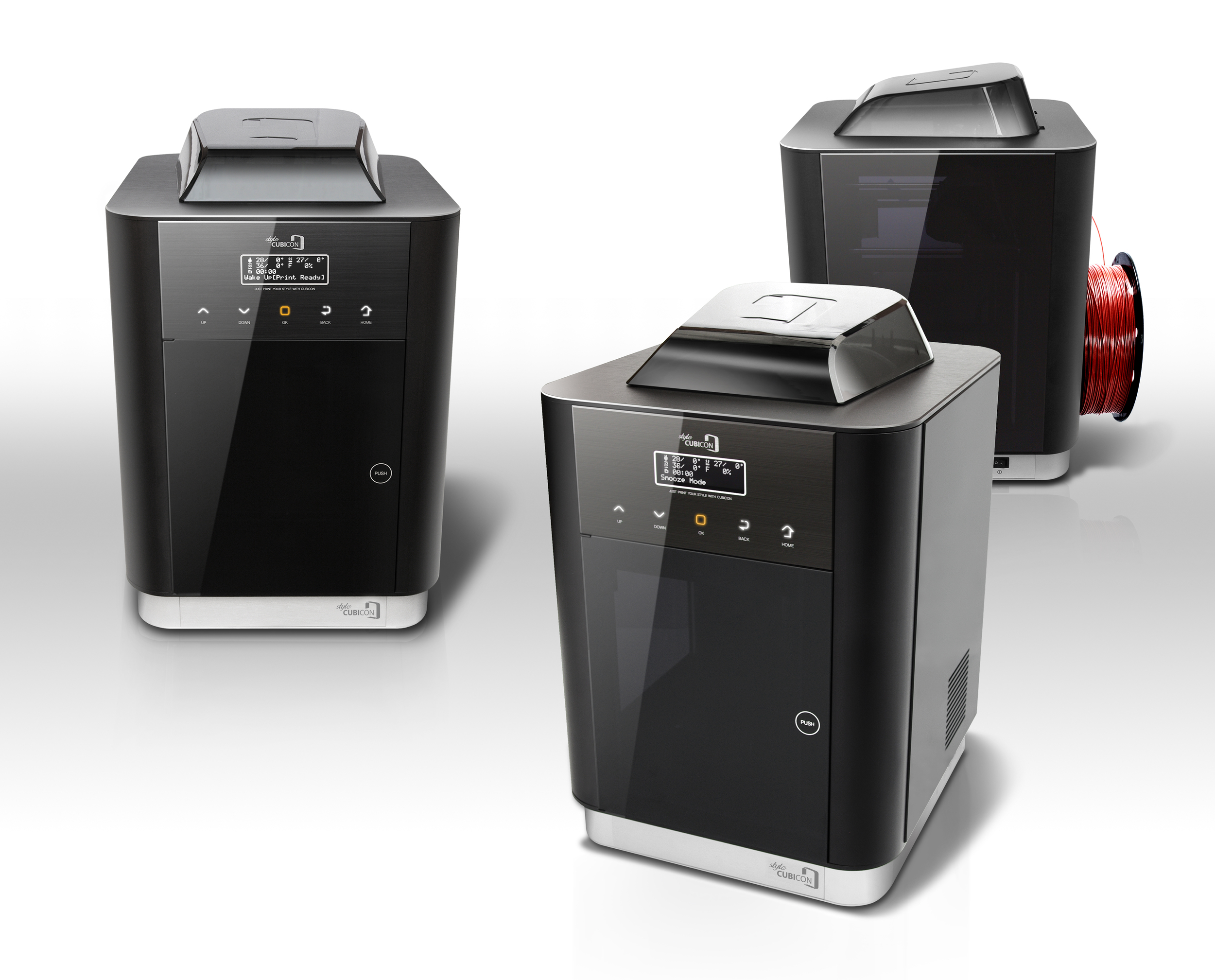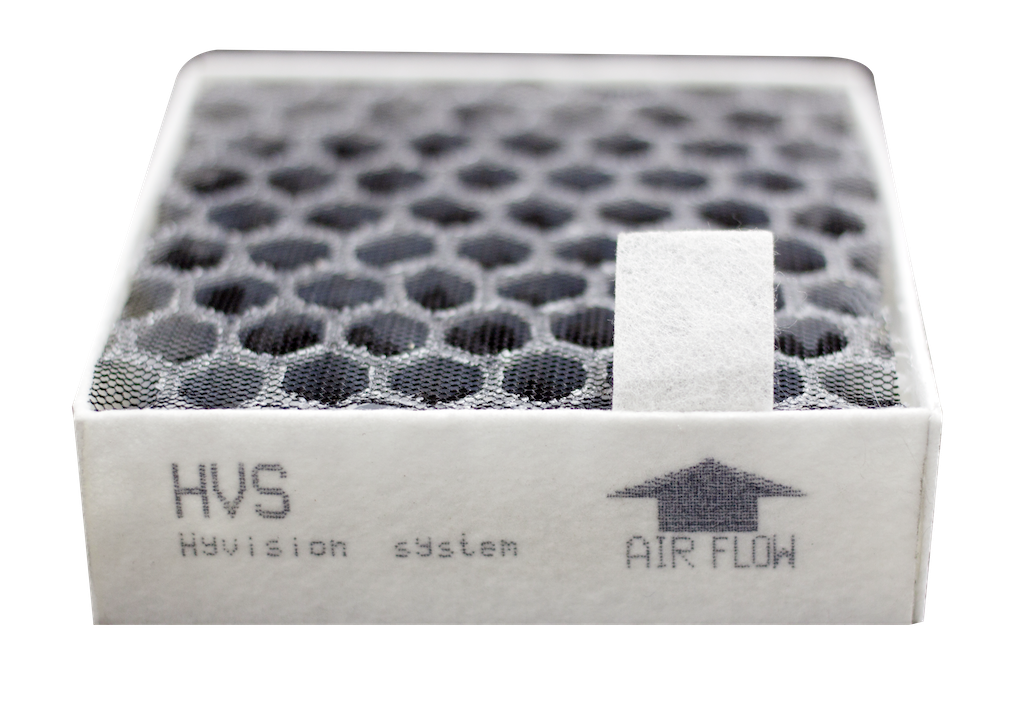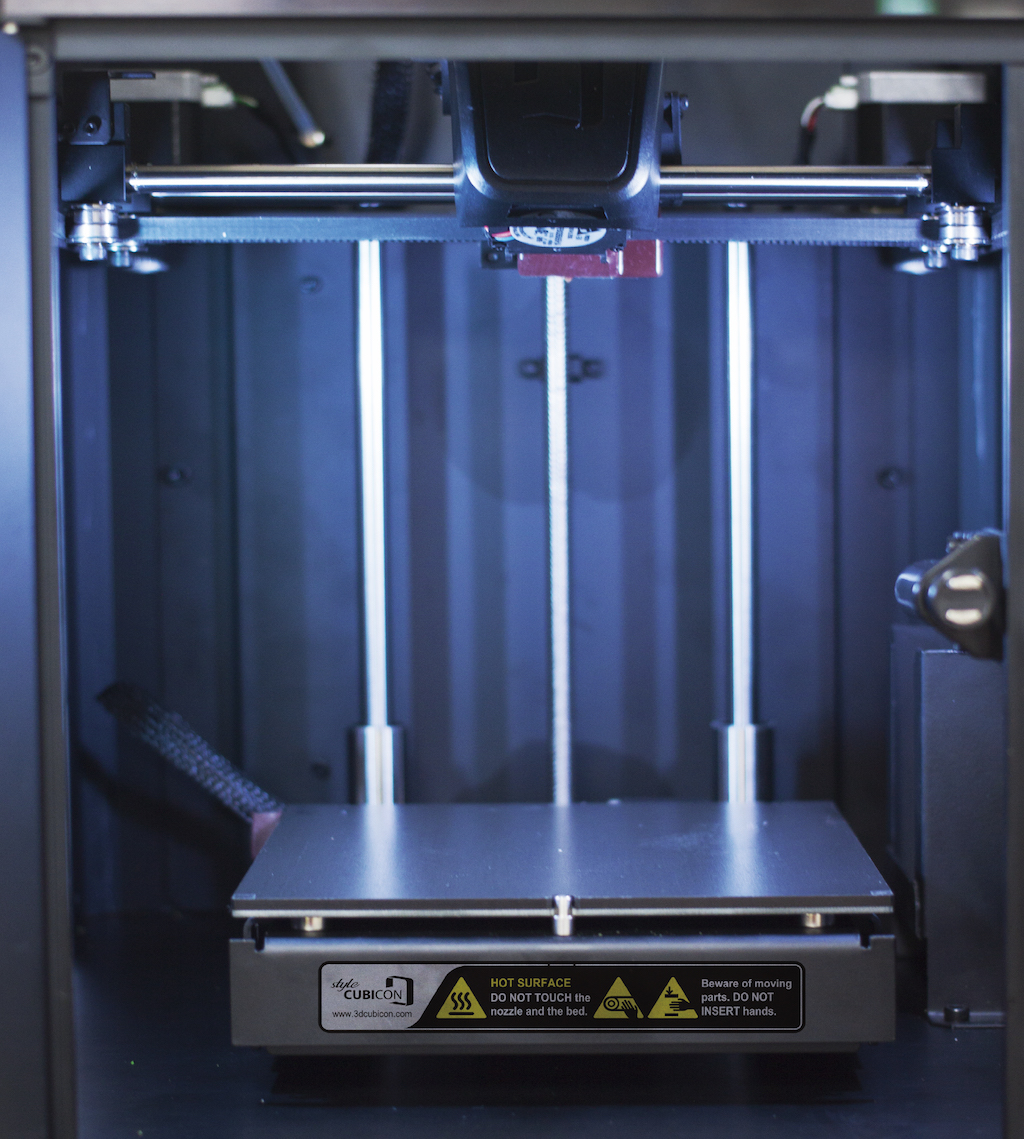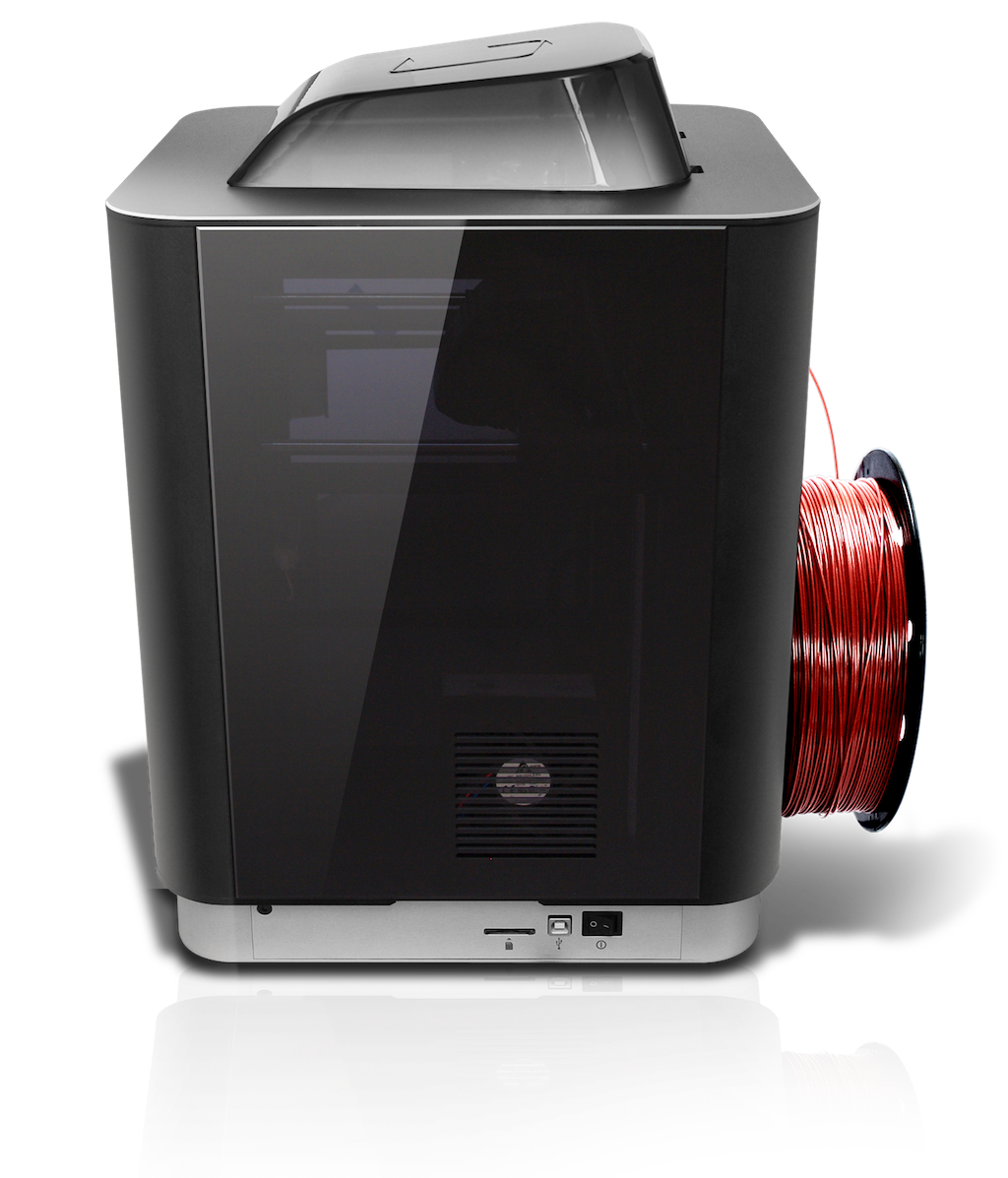Korea-based HyVISION has debuted a variant of their previous 3D printer: the new Cubicon Style.
When we first encountered the HyVISION Cubicon at CES 2015, we were quite impressed. The machine offered a number of practical features not often found in desktop 3D printers, particularly combined together in one machine. Since that time, the Cubicon machine has developed a reputation for reliability, although it is not as frequently encountered as some other brands.
Let’s review those key features, in case you’re not familiar with the Cubicon:
- An enclosed build chamber, making this machine capable of printing many different types of plastic, as the captured heat limits warping
- An automated leveling system, which removes the need for manual calibration
- A powerful internal air filtering system, making this machine more suitable for office locations
- A special print surface that adheres to all materials, eliminating the need for glue, tape or hairspray
- A very quiet design that emits very little sound, again making this machine more suitable for office locations
This is a machine any 3D printer operator would like to have.
Now they’ve introduced what they call the Cubicon Style. Superficially, the machine appears to be quite similar to its predecessor, the Cubicon Single. In fact, internally there are many similar features, too.
But there are several key differences.
- First, the build volume is decreased. While the Cubicon Single has a build volume of 240 x 190 x 200mm, the Style is a smaller, but still reasonable 150 x 150 x 150mm
- The Style’s extruder is modular, so that you can swap it out for easy maintenance or perhaps alternate toolheads in the future
- The XY positioning accuracy is twice that of the Single
- The machine also includes a self-diagnostic function that should aid in maintenance and repairs
Our understanding is that the Cubicon Style will retail for approximately USD$1,990, while the larger Cubicon Single will go for USD$2,900. We think that for many people, the Cubicon Style will hit the right price-performance ratio, as the smaller build volume is perfectly suitable for most applications.
Via HyVISION





